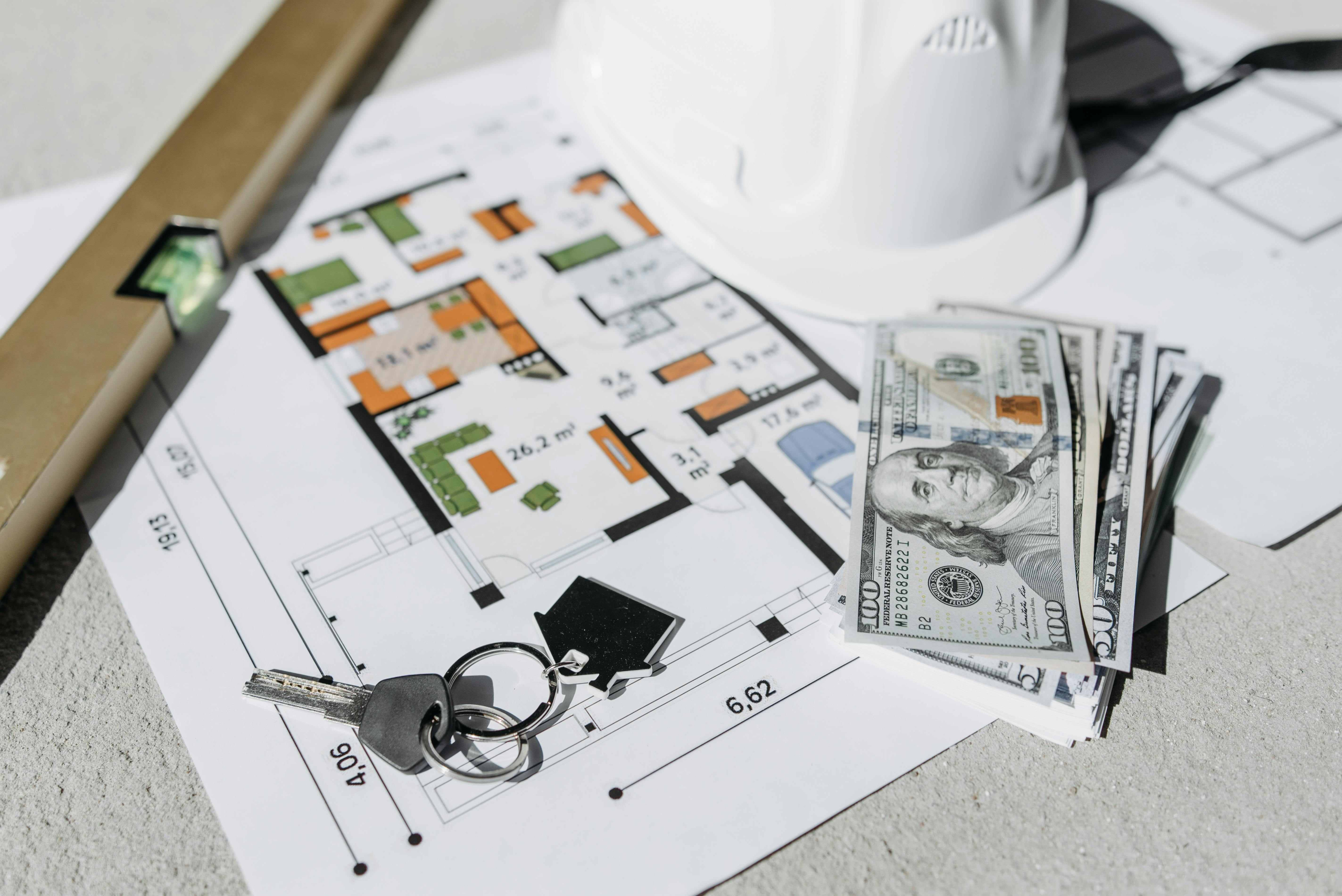Kenya’s real estate sector has entered a pivotal phase in 2025, marked by steady recovery, renewed investor confidence, and evolving buyer preferences. Following years of economic adjustments, infrastructure growth, and urbanization, the property market is now stabilizing – offering new opportunities for investors, developers, and homeowners alike.
In this forecast, we explore key trends shaping Kenya’s real estate market in 2025, including property prices, demand shifts, emerging locations, and the impact of technology and government policy on investment opportunities.
1. Steady Market Growth Amid Economic Stability
Kenya’s economy is expected to grow at around 5.3% in 2025, supported by strong infrastructure investment, tourism recovery, and the growth of the construction sector. This positive economic outlook directly supports real estate market resilience, especially in Nairobi, Kiambu, Mombasa, and Kisumu.
As inflation eases and interest rates stabilize, more Kenyans are able to access mortgage financing and off-plan payment plans, fueling renewed buyer activity. Developers are also resuming previously delayed projects, especially in mid-range and affordable housing segments.
2. Rising Demand for Affordable and Mid-Income Housing
The government’s Affordable Housing Programme (AHP) continues to drive market demand in 2025. Projects in areas such as Ngara, Mavoko, Ruiru, and Athi River are attracting both homeowners and investors due to improved accessibility and lower price points.
Key trends:
-
Affordable housing units priced between KES 3M-6M remain the top sellers.
-
Private developers are partnering with the government through Public-Private Partnerships (PPPs) to deliver mass housing projects.
-
Diaspora Kenyans continue to invest heavily in these segments for long-term rental income.
Outlook: Expect a sustained rise in supply and demand for units targeting the growing middle class and first-time homebuyers.
3. Premium Developments and Luxury Market Resurgence
The luxury real estate segment, which slowed during the pandemic years, is showing signs of recovery. High-net-worth individuals and diaspora investors are once again targeting prime locations such as Karen, Runda, Lavington, Kilimani, and Nyali.
Driving factors include:
-
Increased demand for gated communities and secure lifestyle estates.
-
Preference for smart homes with integrated technology and energy efficiency.
-
More institutional investors entering the serviced apartment and hospitality markets.
Forecast: Expect moderate appreciation of 8-12% in high-end property values across Nairobi and Mombasa in 2025.
4. The Commercial Real Estate Outlook
Kenya’s commercial property market continues to evolve with hybrid working models reshaping demand for office and retail spaces.
Key highlights for 2025:
-
Grade A office spaces in areas like Westlands and Upper Hill are maintaining high occupancy rates.
-
Smaller co-working hubs and flexible office spaces are growing, catering to startups and remote teams.
-
Retail spaces in mixed-use developments are gaining traction, combining lifestyle, work, and leisure under one roof.
Industrial and logistics real estate is also booming, particularly along the Eastern Bypass, Tatu City, and Naivasha Inland Port, fueled by e-commerce and manufacturing growth.
5. Regional Hotspots for Property Investment
Beyond Nairobi, secondary cities are becoming attractive investment frontiers. Improved road networks, urban expansion, and affordable land are driving demand in the following regions:
-
Kiambu: Fastest-growing suburban market for family housing and rentals.
-
Mombasa: Strong holiday home and short-stay investment potential.
-
Nakuru: Gaining momentum as a growing urban hub with mixed-use projects.
-
Eldoret: Expanding university population and logistics appeal.
-
Kisumu: Infrastructure upgrades and waterfront developments enhancing investor confidence.
Insight: Investors seeking long-term gains should focus on peri-urban areas where infrastructure development precedes real estate growth.
6. PropTech and Digital Transformation
2025 marks a turning point for PropTech adoption in Kenya. Digital real estate platforms and tools are making property transactions faster, more transparent, and data-driven.
Trends to watch:
-
Increased use of ArdhiSasa for digital land registration and title verification.
-
Rise of virtual property tours and online listings simplifying buying and renting.
-
Integration of mobile payments and smart contracts for secure transactions.
Impact: Tech-driven efficiency continues to attract diaspora and foreign investors, who can now manage investments remotely.
7. Infrastructure Development as a Market Driver
Major infrastructure projects are unlocking new property investment zones:
-
Nairobi Expressway – boosting property values along Mombasa Road and Westlands.
-
Dongo Kundu Bypass – driving expansion in Mombasa’s south coast.
-
Konza Technopolis – positioning Machakos County as a tech and residential hub.
-
Nakuru-Eldoret Highway upgrades – stimulating property growth in the Rift Valley corridor.
Prediction: Expect up to 15% appreciation in property values around newly connected urban corridors by end of 2025.
8. Green Buildings and Sustainable Design
With sustainability now a global priority, Kenya’s developers are increasingly embracing eco-friendly building designs. Projects incorporating solar power, rainwater harvesting, and energy-efficient materials are gaining market preference.
Why it matters:
-
Attracts environmentally conscious buyers.
-
Reduces long-term operational costs.
-
Enhances property value and rental yields.
Government incentives for green construction are expected to expand, further pushing the adoption of sustainable real estate practices.
9. Diaspora Investment and Foreign Interest
Kenya remains one of East Africa’s top destinations for diaspora and foreign real estate investors. Improved digital processes and reliable developers have restored confidence.
Key drivers:
-
Flexible payment plans and mortgage access for diaspora buyers.
-
Secure online property management solutions.
-
Strong returns in the rental and holiday home markets.
Outlook: The diaspora is projected to contribute over KES 600 billion in remittances in 2025, with real estate receiving a significant share.
10. Market Outlook and Investment Recommendations
Overall, the Kenyan real estate market in 2025 is stable, data-driven, and opportunity-rich. While affordable and mid-tier housing continue to dominate in volume, luxury and mixed-use developments are regaining strength.
Investor takeaways for 2025:
-
Prioritize emerging suburban areas with infrastructure development.
-
Diversify portfolios into rental and commercial property for steady income.
-
Leverage PropTech tools for data-based decisions and secure transactions.
-
Explore sustainable and smart developments for long-term value growth.
The Kenyan property market in 2025 offers a balanced mix of stability, innovation, and opportunity. With economic recovery, infrastructure expansion, and digital transformation aligning, both local and foreign investors stand to benefit from Kenya’s evolving real estate ecosystem.




